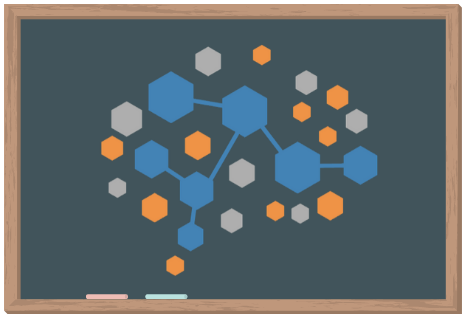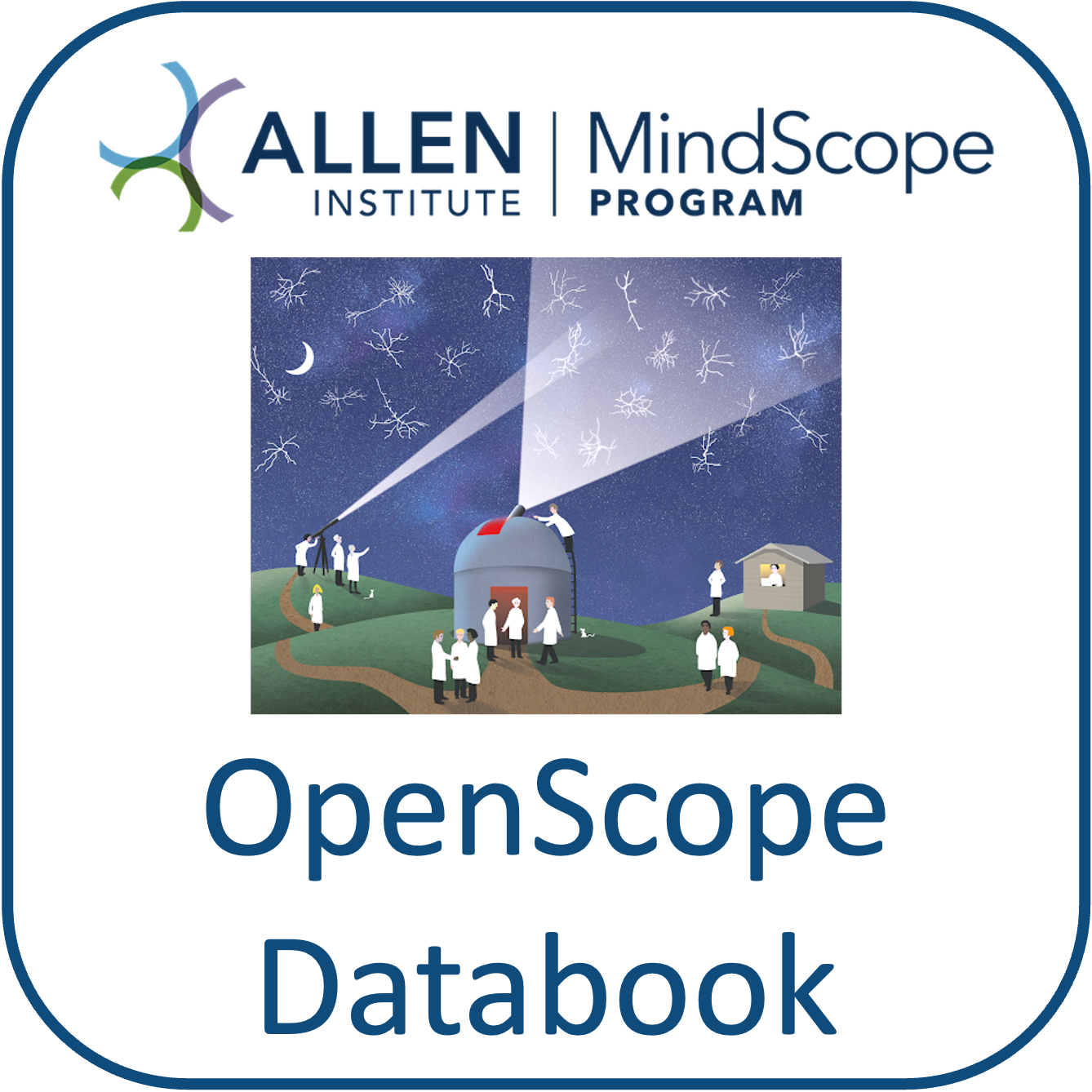Teaching with NWB

Open data and standardized formats like NWB are valuable resources for transforming neuroscience education by providing students with access to real, high-quality datasets from leading research laboratories. The NWB format offers several key advantages for educational settings:
- Teach with Real Data: Give students hands-on experience with actual experimental data from leading laboratories rather than simulated datasets
- Standardized Structure: Students learn a consistent data format with rich metadata that they’ll encounter in research settings
- Multi-Modal Data: Access datasets combining electrophysiology, imaging, behavior, and other modalities in a single format
- Software Ecosystem: Extensive tools and libraries for reading, writing, and analyzing NWB data in Python and MATLAB
- Promote Reproducibility: Teach best practices in data management, documentation, and reproducible research from the start
- Community Support: Active community providing documentation, tutorials, and support for educators and learners
The NWB team is committed to supporting educators. If you have questions about using NWB in your teaching or would like to discuss educational initiatives, please contact us.
Teaching Neuroscience with Real Data
Use real NWB datasets and ready-to-run notebooks to teach neuroscience concepts. If you’re interested in using NWB datasets to teach neuroscience concepts:
- Explore Available Datasets: Identify datasets appropriate for your course level and topics.
- Use Educational Resources: Leverage ready-to-use notebooks and guides, e.g., NWB4EDU and the OpenScope Databook.
- Start Small: Begin with a single lab or homework assignment using pre-existing analysis notebooks.
- Share Your Experience: Contribute your teaching materials back to the community to help other educators.
NWB4EDU: Teaching and Learning with NWB Datasets
NWB4EDU is an online book aimed at educators and students, providing a collection of Jupyter notebooks and teaching materials to learn about the NWB data standard and how to work with NWB files. Useful for introductory courses, labs, and self-paced learning.
OpenScope Databook
An educational resource built on Jupyter Book that teaches students how to analyze brain data using NWB files. The databook includes interactive tutorials, code examples, and visualizations that guide learners through real neuroscience data analysis workflows. Useful for guided, hands-on analysis assignments and tutorials.
DANDI Archive
Find and access open neurophysiology datasets in NWB for classroom use, labs, and projects across modalities (ephys, imaging, behavior). Useful for sourcing real datasets for assignments and projects.
Community Gallery
Examples of labs using NWB and related tools for conversion, analysis, and reuse, useful for case studies and inspiration.
Teaching FAIR Data and Software Practices
Use NWB to teach FAIR principles, data standardization, and software best practices. If you’re interested in teaching open science, data management, and software best practices:
- Use NWB as a Case Study: Demonstrate FAIR principles (Findable, Accessible, Interoperable, Reusable) using a well-defined standard.
- Teach Data Standardization: Show students how standardized formats enable data sharing and reuse across laboratories.
- Explore the Open-Source Ecosystem: Practice version control, documentation, and collaboration with community-maintained tools.
- Review Training Materials: Draw from curated workshop resources and examples.
- Join the Community: Connect with other educators through events and working groups.
Training Materials
Recordings, slides, and materials from workshops and events on NWB, data standardization, and best practices. Useful for lectures, flipped-class prep, and instructor planning.
PyNWB Tutorials
Interactive Python tutorials for reading, writing, and analyzing NWB files. These tutorials include beginner-friendly examples suitable for students new to scientific programming. Useful for Python-based labs and homework.
MatNWB Tutorials
MATLAB-based tutorials for working with NWB data. Ideal for courses already using MATLAB as a primary teaching language. Useful for MATLAB-based courses and labs.
NWB YouTube Channel
Video tutorials, webinars, and recorded training sessions covering various aspects of NWB. Useful for visual demos and asynchronous learning.
Core Tools
A list of core NWB tools and libraries for working with NWB data in Python and MATLAB. These tools provide the necessary functionality for reading, writing, and analyzing NWB files. Useful for setting up course environments and student projects.
Analysis Tools
A list of analysis tools that support NWB data. These tools can be used to perform various types of data analysis and visualization on NWB files and are useful for advanced analysis projects and demonstrations.
Disclaimer: Reference herein to any specific product, process, or service by its trade name, trademark, manufacturer, or otherwise, does not constitute or imply its endorsement, recommendation, or favoring by the NWB development team, United States Government or any agency thereof, or The Regents of the University of California. Use of the NeurodataWithoutBorders name for endorsements is prohibited.



